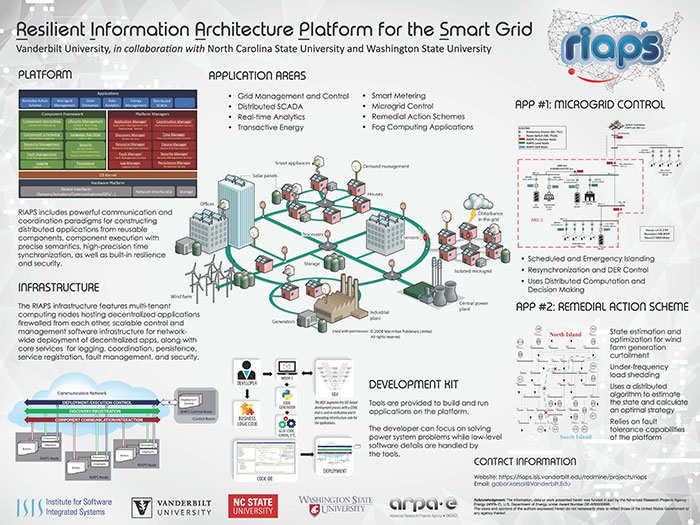Just as open source software has transformed automobiles, telecommunications, financial services, and healthcare, The Linux Foundation today announces the formation of LF Energy with support from RTE, Europe’s biggest transmission power systems provider, and other organizations, to speed technological innovation and transform the energy mix across the world.
LF Energy also welcomes four new projects to be hosted at The Linux Foundation as part of the initiative, which will advance everything from smart assistants for system operators to smart grid controls software.
LF Energy is an umbrella organization that will support and sustain multi-vendor collaboration and open source progress in the energy and electricity sectors to accelerate information and communication technologies (ICT) critical to balanced energy use and economic value.
LF Energy will focus on curating reusable components, open APIs and interfaces through project communities that the energy ecosystem can adopt into platforms and solutions. Building the plumbing upon a common infrastructure enables energy companies and solution providers to differentiate at higher value layers and services, while reducing cost and integration complexity at non-differentiating layers. As a result, power system providers will be empowered to achieve time to market, scale and efficiency much faster than ever before.
The new LF Energy projects:
* OperatorFabric: is a smart assistant for system operators for use in electricity, water, and other utility operations. The industrial strength, extensible and flexible grid operations platform provides strategic management of information with a modular approach to applications, easy-to-add new functionality, and open APIs.
* Let’s Coordinate: an extensible solution of OperatorFabric, enables organizational power system coordination, visibility, communication, and workflow between distributed users across national and regional boundaries.
* The PowSyBl Framework: of reusable modular components is a high-performance computing platform that enables grid modeling (e.g., CGMES) and simulation in a highly distributed energy resource environment from system expansion studies to planning and operation.
* RIAPS: The Resilient Information Architecture Platform for Smart Grid (RIAPS) provides core services for building effective, secure and powerful distributed applications. Created at the Institute for Software-Integrated Systems at Vanderbilt University, with support from North Carolina State University, Washington State University, and funding from the U.S. Department of Energy’s Advanced Research Projects Agency for Energy (ARPA-E), RIAPS enables smart grid control software to run reliably, just as smartphone apps run on platforms like Android and Apple iOS that have become industry standards.
To receive updates on the LF Energy project activities and gain insight into how open source is transforming the energy industry, signup at https://www.lfenergy.org/announcing-lf-energy/.







